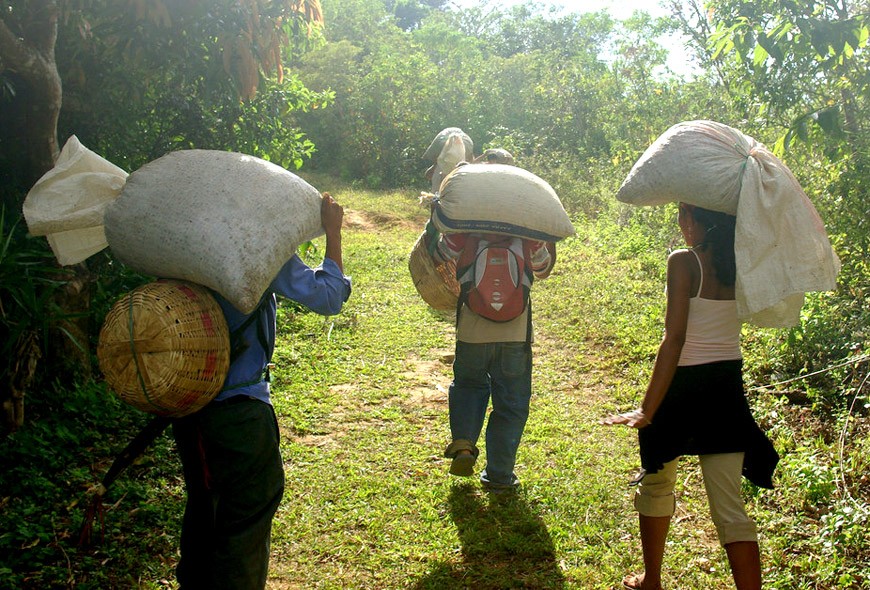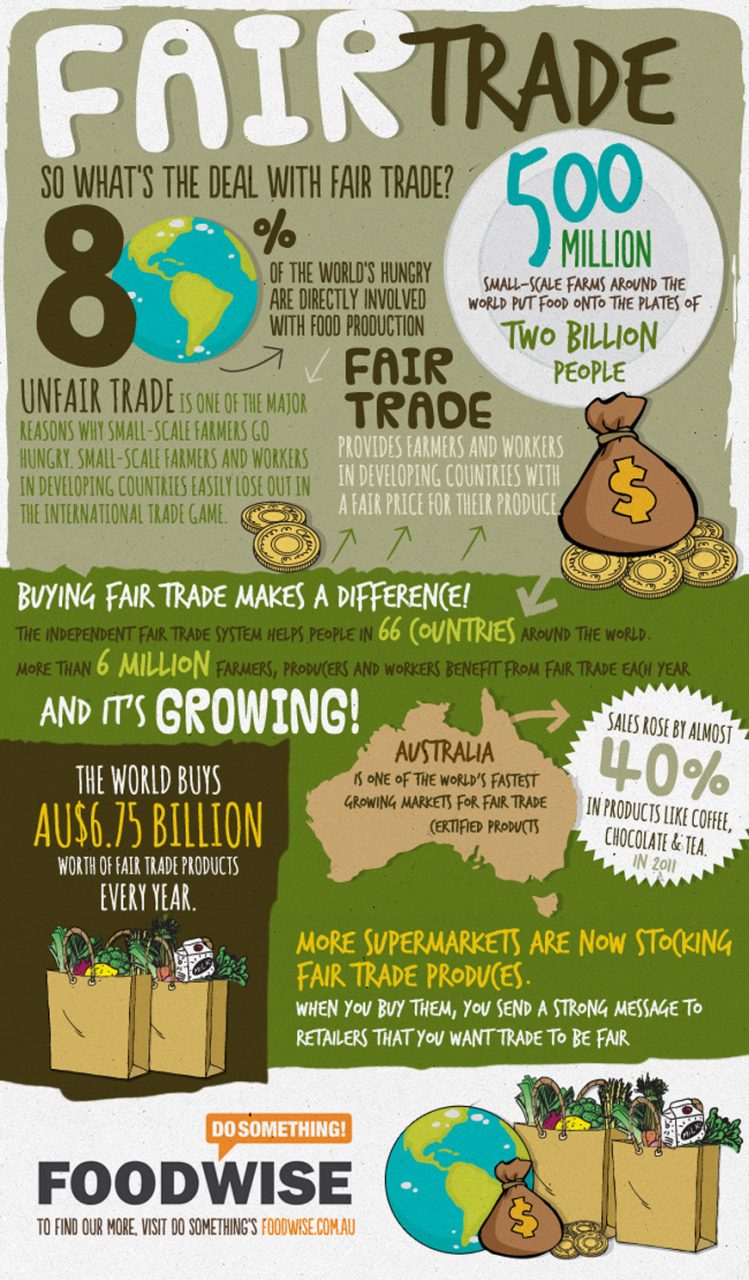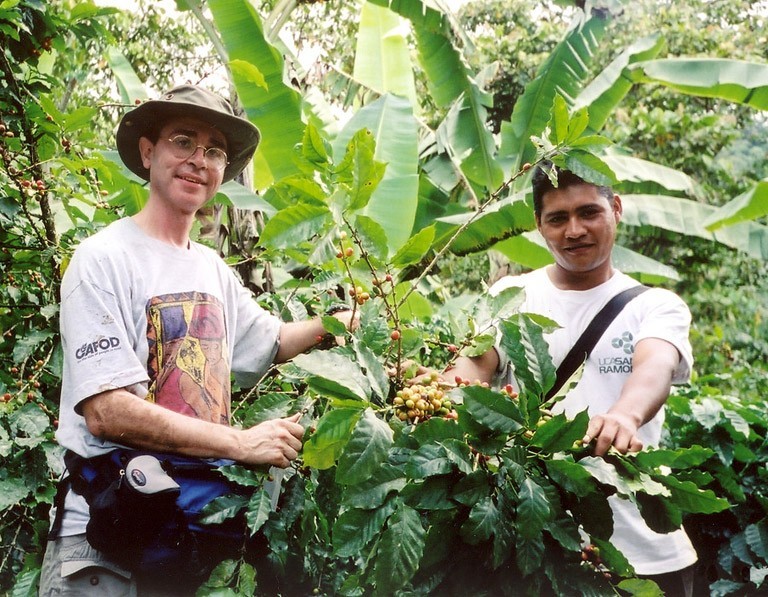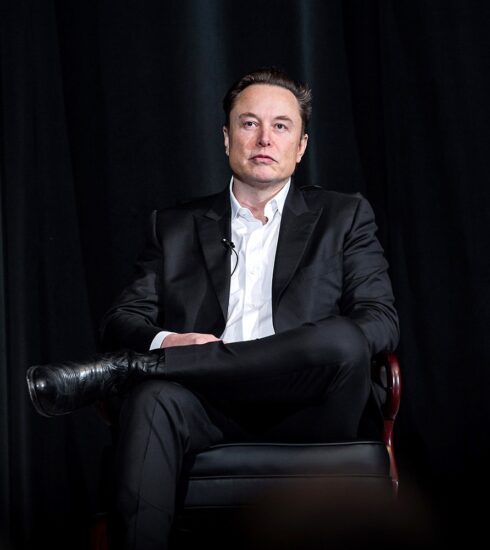Time to sort out Free Trade versus Fair Trade
Both beginning with the letter F and only four letters each, Free Trade and Fair Trade are easy to confuse. However, these two trades are completely different. So, what is Free Trade versus Fair Trade and where do we see them in the world today?
Let’s begin with Free Trade
Free Trade is the conventional commerce method used across the globe. The overriding concern is profit. When financing Free Trade, payment is received upon shipment and credit is sometimes extended at excessive rates. On the investment spectrum, corporations only invest in people and activities that represent the company well, in order to generate more good publicity and sell more products. The supply chain finds the lowest cost of labor and materials and utilizes those skills in order to increase profitability. It’s the most conventional method of trading, so most corporations participate in the business practice.
Free trade creates a level of competition in an open market inducing perpetual innovation leading to better products, new and different markets, better paying jobs, and increased savings. It also enables products to sell at their lowest price, allowing consumers to spend less whereby increasing their standard of living. But the benefits exist far outside the household. Free Trade creates competition, puts the “free” into a free market economy, and promotes development in poor countries. After signing the North American Free Trade Agreement (NAFTA) and establishing the World Trade Organization (WTO) as a body able to settle commerce disputes, imports, goods, and services have spiked 115 percent.
These benefits of Free Trade, however, are often overlooked by the oppression of laborers linked to this structure. Within the supply chain of goods, in order to receive the cheapest labor and raw materials, the middlemen are often exploited. Working in sweatshops for less than average wages, they barely get by with the little income earned from jobs perpetuated by Free Trade. Through contracts, the producers and their families are not taken into account because the overall corporate goal is to increase profitability.
So, what is Fair Trade?

Fair Trade aims to balance profit with a concern for people and the planet. Financing is a little different, giving advance credit to the producers and allowing for an income during the off or lean seasons. Looking at the investment spectrum, businesses invest in teaching beneficial skill sets to producers in order to foster economic development and stability among the producing community. The supply chain of Fair Trade directly caters to economically and socially disadvantaged groups as the marketing strategy lends itself to consumer education and advocacy of the producers’ situation. While Fair Trade greatly differs from Free trade, it is important to note that Fair Trade takes place within the Free Trade system and participation is completely voluntary.
There are many benefits linked to the structure of Fair Trade. Fair Traders work directly with the producers of the products and usually work with marginalized groups of people around the world including ethnic minorities, women, and refugees. Fair Trade organizations look to create direct and positive relationships with these people in order to increase their standard of living. For example, companies like A Happy Life, travel to developing countries like Tanzania, Ethiopia, Bolivia, and Costa Rica to visit the coffee farmers that produce the companies’ products. Actions like this benefit the producers and companies that use the products as they create beneficial and personal relationships.
There are many companies like A Happy Life Coffee that participate in Fair Trade. Some include, Global Exchange Fair Trade Stores, Equal Exchange, Ithaca Fine Chocolates and Grounds for Change. Likewise, larger international companies have also begun selling Fair Trade products. Starbucks and Nestle both began selling a fair trade coffee blend, and The Hershey Company acquired a Fair Trade chocolate option. Whole Foods is also continuing to introduce new fair trade produce products.
While Fair Trade is beneficial, it also has its downfalls. Although it promotes social equality among the producers, Fair Trade products are more expensive, making it harder to implement on a larger scale.
Free Trade Versus Fair Trade
Easily confused, free trade and fair trade are vastly different. Each has different benefits and downfalls that cater to different strategies of trading goods. Despite their differences, however, it is important to understand the structural complexity of free trade versus fair trade when making purchasing decisions.










